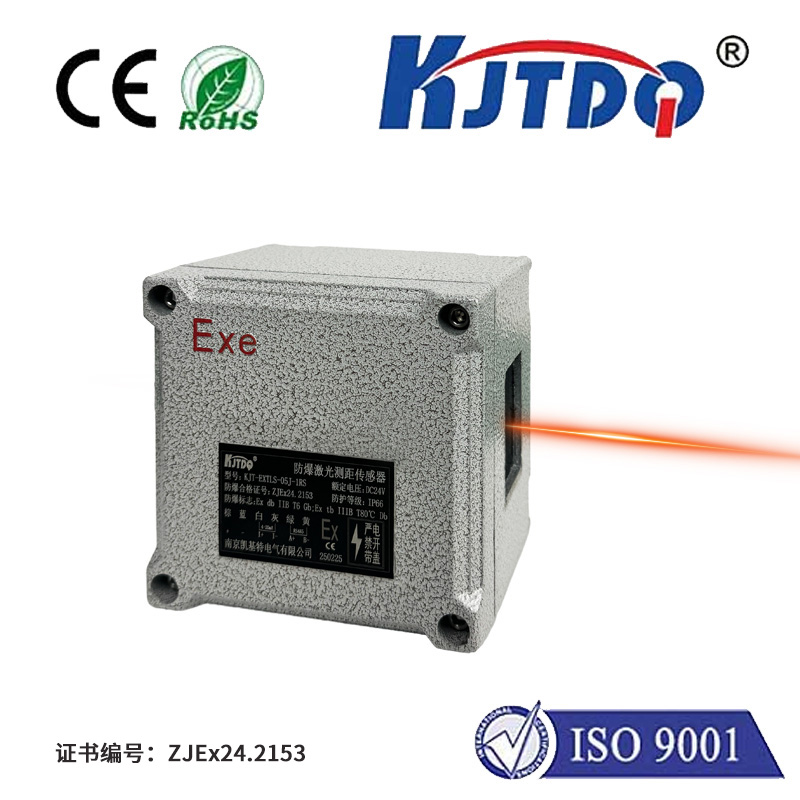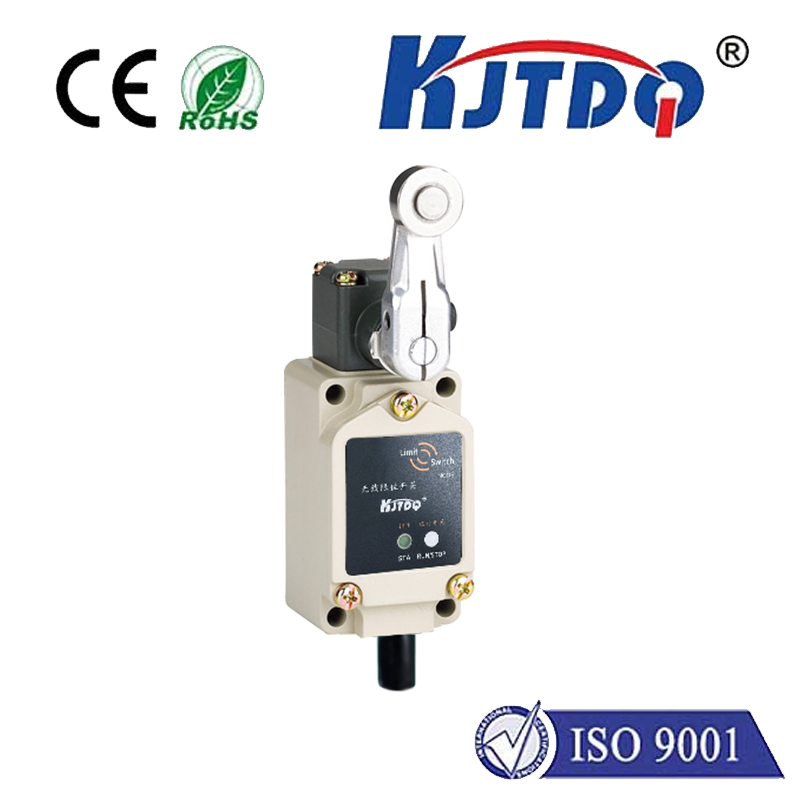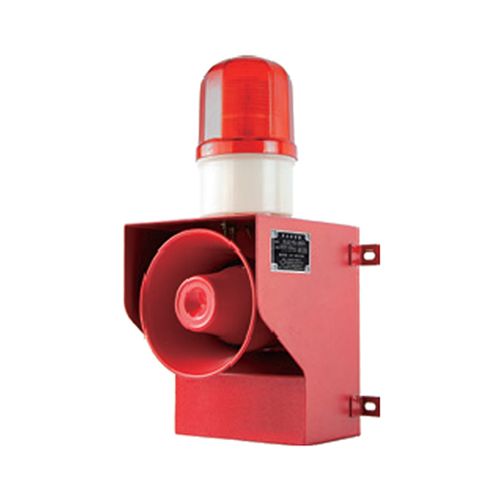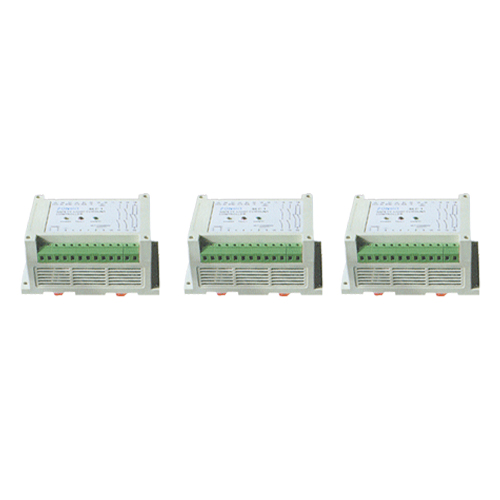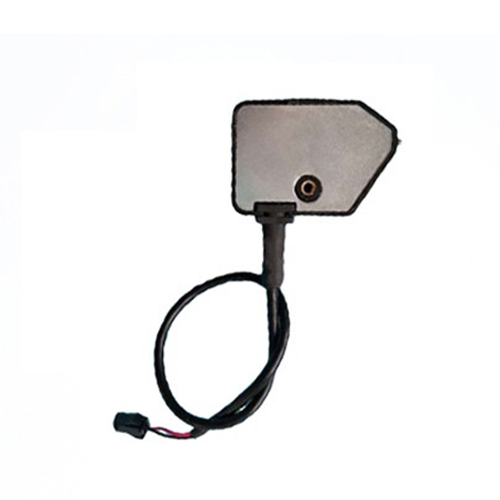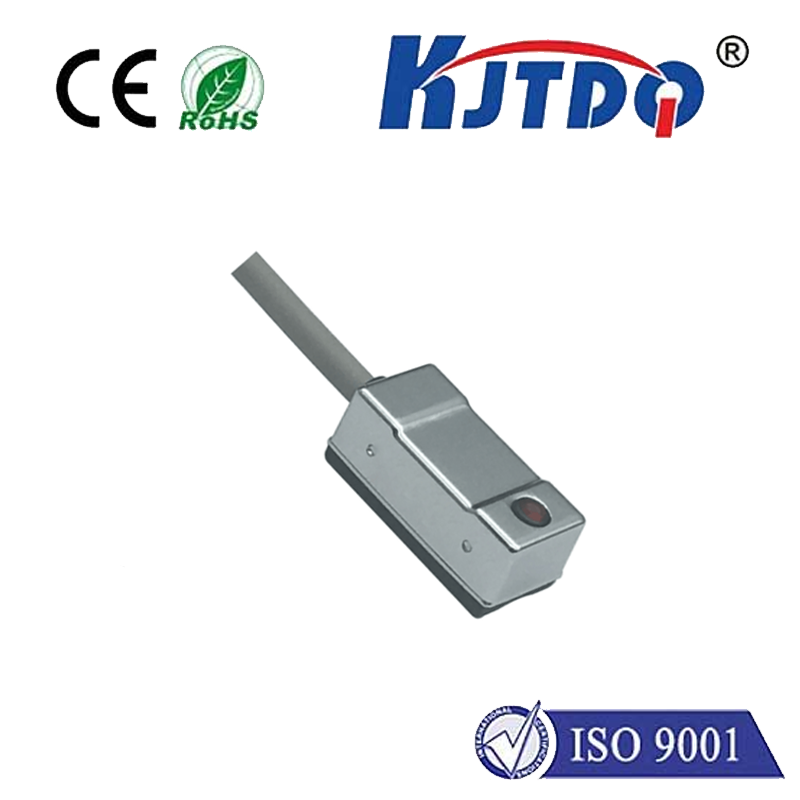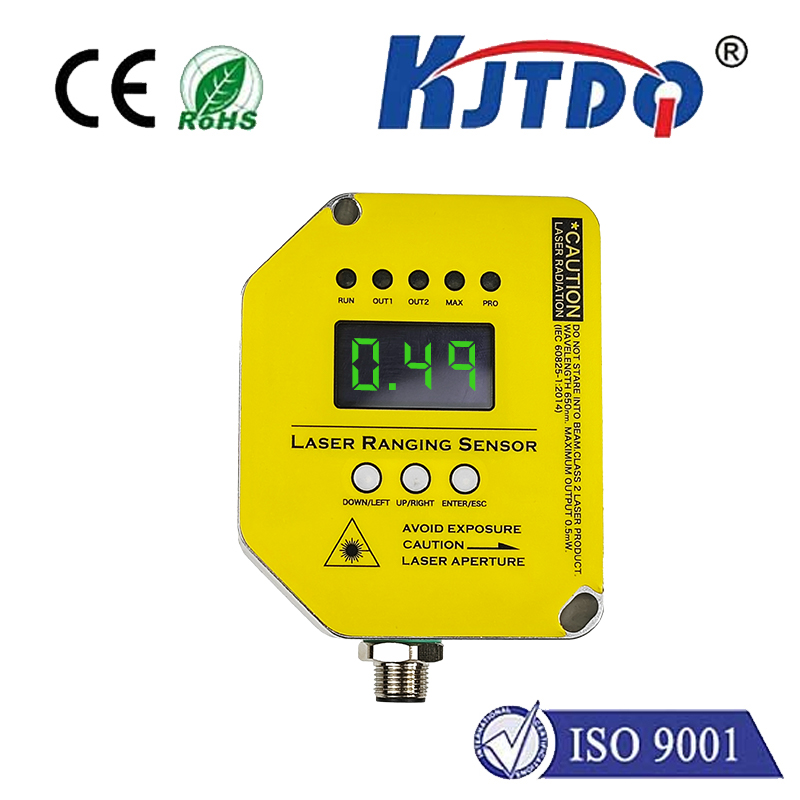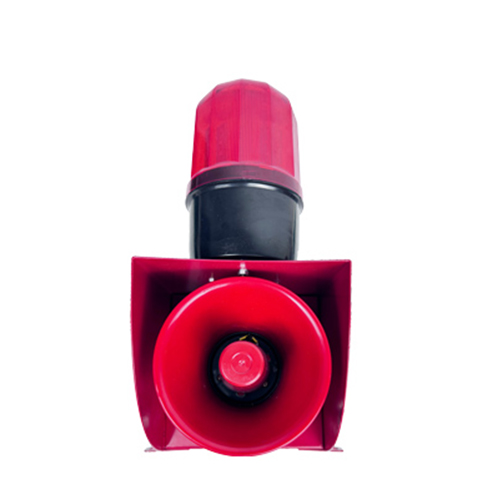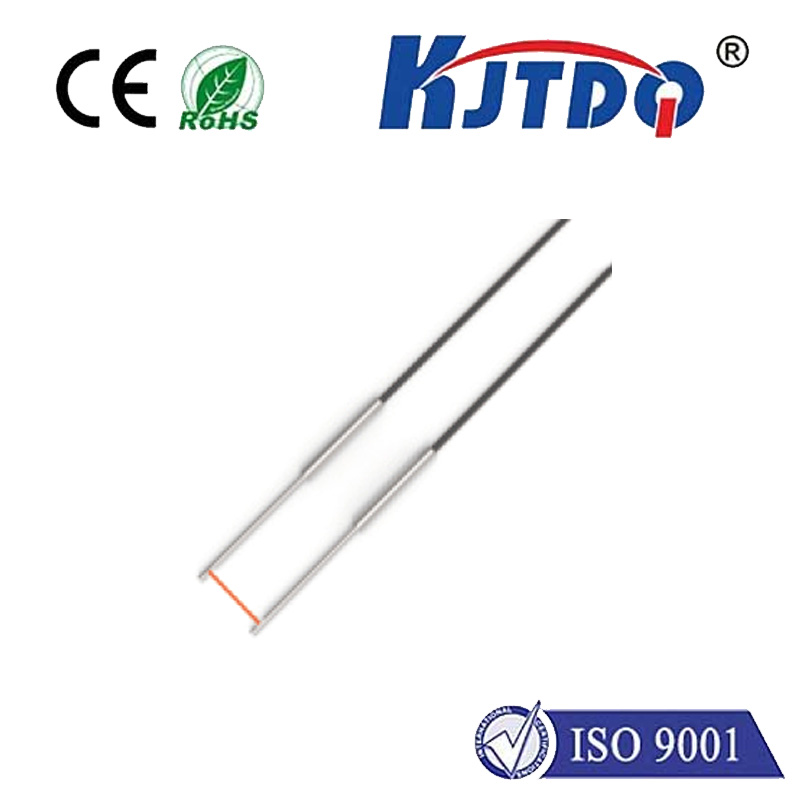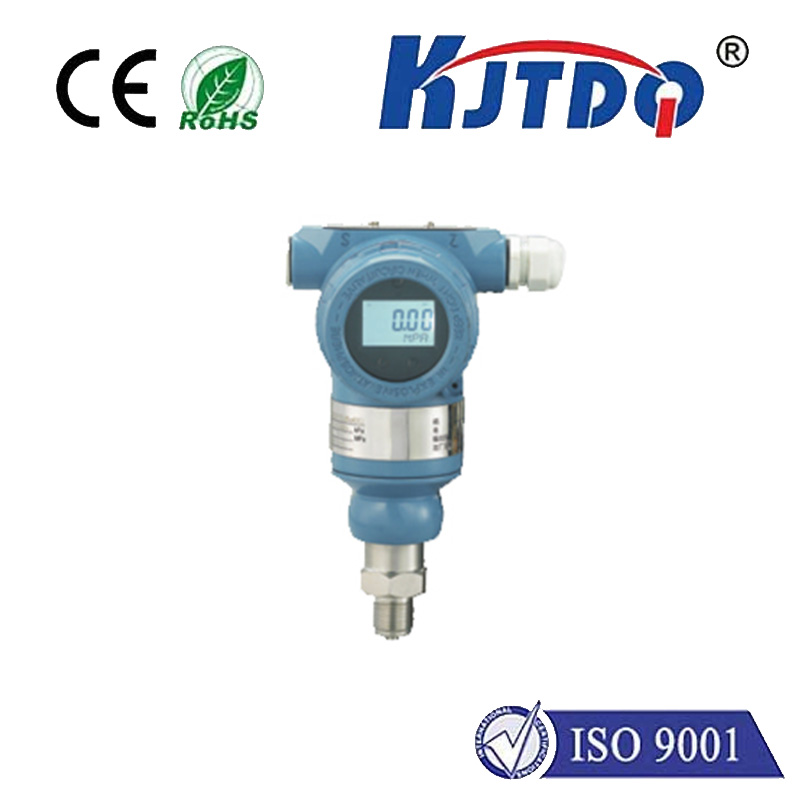BES0343 high pressure proximity sensor
- time:2025-10-16 16:03:28
- Click:0
BES0343 High Pressure Proximity Sensor: Unlocking Reliable Detection in Demanding Environments
Imagine a critical hydraulic system powering heavy machinery deep underwater or within the high-pressure heart of a manufacturing press. In these unforgiving environments, traditional sensors often falter, risking downtime, safety hazards, and costly failures. Precise, non-contact object detection is paramount here, and this is precisely where specialized solutions like the BES0343 High Pressure Proximity Sensor prove indispensable. Designed to thrive where standard sensors cannot, this sensor represents a key advancement for industries pushing operational boundaries.
Understanding the Proximity Sensor Principle
Before diving into the specifics of the BES0343, let’s clarify what a proximity sensor does. Fundamentally, a proximity sensor detects the presence or absence of an object without physical contact. This non-contact nature eliminates mechanical wear, ensures longevity, and allows for high-speed operation. Common types include inductive, capacitive, ultrasonic, and photoelectric sensors, each suited to different materials and environments.
Inductive proximity sensors, like the BES0343, are specifically engineered to detect metallic objects. They generate an electromagnetic field; when a metallic target enters this field, it causes changes in the sensor’s internal oscillator. The sensor’s electronics detect this change and trigger a switching output (usually a solid-state switch like a PNP, NPN transistor, or relay contact). This fundamental principle provides robust, wear-free detection ideal for industrial automation.
The Crucial Challenge: High Pressure

Standard inductive proximity sensors perform admirably in typical factory conditions. However, introduce extreme high pressure – think hydraulic systems, deep-sea applications, oil & gas equipment, high-pressure die casting, or specialized test rigs – and their reliability can plummet. Pressure can:
- Compromise Sealing: Standard seals can deform or fail, allowing pressurized fluids or gases to infiltrate the sensor housing.
- Damage Sensitive Components: High pressure can crush internal electronics or distort the sensor’s mechanical structure.
- Affect Sensing Field: Pressure can potentially alter the physical characteristics of the sensor face or the surrounding medium, subtly impacting the electromagnetic field and detection reliability.
- Cause Premature Failure: Repeated pressure cycles create stress fatigue on any component not explicitly designed for it.
In such scenarios, sensor failure isn’t just an inconvenience; it can lead to process shutdowns, safety incidents, environmental contamination, or significant financial loss. This is the operational gap that high-pressure proximity sensors fill.
The BES0343 High Pressure Proximity Sensor: Engineered Resilience
The BES0343 designation signifies a sensor purpose-built to overcome these high-pressure challenges. While specific technical details can vary by manufacturer, the core attributes defining high-pressure inductive sensors like the BES0343 generally include:
- Exceptional Pressure Resistance: This is the defining feature. The BES0343 sensor is engineered with robust housing materials (often high-grade stainless steel like 316L) and specialized high-integrity sealing technologies (such as metal-to-metal seals or advanced elastomers rated for extreme pressure). It is explicitly designed to withstand pressures far exceeding standard atmospheric levels, potentially ranging into hundreds or even thousands of bar/PSI, depending on its specific rating. Always verify the manufacturer’s datasheet for the precise pressure rating.
- Ruggedized Construction: Beyond pressure, the housing protects against shock, vibration, and impacts common in heavy industrial settings.
- Corrosion Resistance: Materials like stainless steel provide inherent resistance to oils, coolants, saltwater, and other corrosive agents prevalent in demanding applications.
- Reliable Inductive Sensing: Maintains the core benefits of non-contact, wear-free detection of metallic targets within its operating pressure range. Key performance specifications include sensing distance, switching frequency, output type (e.g., PNP/NPN), voltage rating, and temperature range – all critical when selecting the right sensor model.
- Sealed Design Options: Many high-pressure sensors, including variants like the BES0343, feature IP67, IP68, or IP69K ratings, ensuring protection against dust ingress and high-pressure water jets, complementing their core pressure resistance.
Where the BES0343 Sensor Makes a Critical Difference
The unique capabilities of a high pressure proximity sensor like the BES0343 open doors to reliable automation in previously challenging domains:
- Hydraulic Cylinder Position Feedback: Precisely detecting piston rod position within high-pressure hydraulic cylinders is crucial for motion control and safety. Standard sensors fail; the BES0343 excels.
- Subsea Equipment & ROVs: Monitoring valve positions, clamp status, or tool deployment on remotely operated vehicles or fixed underwater installations where ambient pressure is immense.
- Oil & Gas Drilling & Production: Detecting component positions on blow-out preventers (BOPs), valves, and other critical downhole or surface equipment exposed to extreme wellbore pressures.
- High-Pressure Die Casting (HPDC): Monitoring mold closure, core pulls, and ejector positions within machines where molten metal is injected under thousands of PSI.
- Fluid Power Systems: Tank level monitoring, pump control, and valve position sensing within high-pressure hydraulic or pneumatic power units.
- Pressure Vessel & Test Equipment: Providing position feedback for actuators, safety interlocks, or component presence inside pressurized chambers or during material testing.
- Specialized Manufacturing Machinery: Any automated process where components operate within pressurized zones.
Selecting and Integrating Your High Pressure Proximity Sensor
When specifying a sensor like the BES0343, meticulous attention to the application parameters is non-negotiable:
- Maximum Operating Pressure: This is paramount. Never exceed the sensor’s rated pressure.
- Media Compatibility: Ensure the sensor’s wetted materials (housing, seal faces) are compatible with the surrounding fluid (oil, seawater, chemicals).
- Target Material: Inductive sensors detect ferrous and non-ferrous metals; confirmation of target compatibility is still essential.
- Required Sensing Distance: Choose a sensor with an appropriate nominal sensing range (Sn) for your installation gap, considering any derating factors mentioned in the datasheet.
- Environmental Conditions: Temperature extremes, exposure to chemicals, potential for mechanical damage, and required ingress protection (IP rating).
- Electrical Requirements: Supply voltage, required output type (e.g., 3-wire DC PNP/NPN), current rating, and connection type (cable or connector).
- Mounting Constraints: Size (diameter and length), thread type, and orientation must suit the installation location.
Integrating the BES0343 sensor typically involves securely mounting it, ensuring the sensing face is correctly positioned relative to the target’s travel path, and connecting its electrical leads according to the circuit diagram (paying close attention to the output type – PNP or NPN – and polarity). Proper shielding and routing of cables in electrically noisy environments may also be necessary.
BES0343 High Pressure Proximity Sensor: a vital component engineered for reliability where pressure is the enemy of conventional detection. By providing robust, non-contact sensing within extreme pressure envelopes, it enables safer, more efficient, and more reliable operation across a spectrum of challenging industrial applications. Its engineering represents a commitment to pushing the boundaries of automation technology into the most demanding corners of industry.






